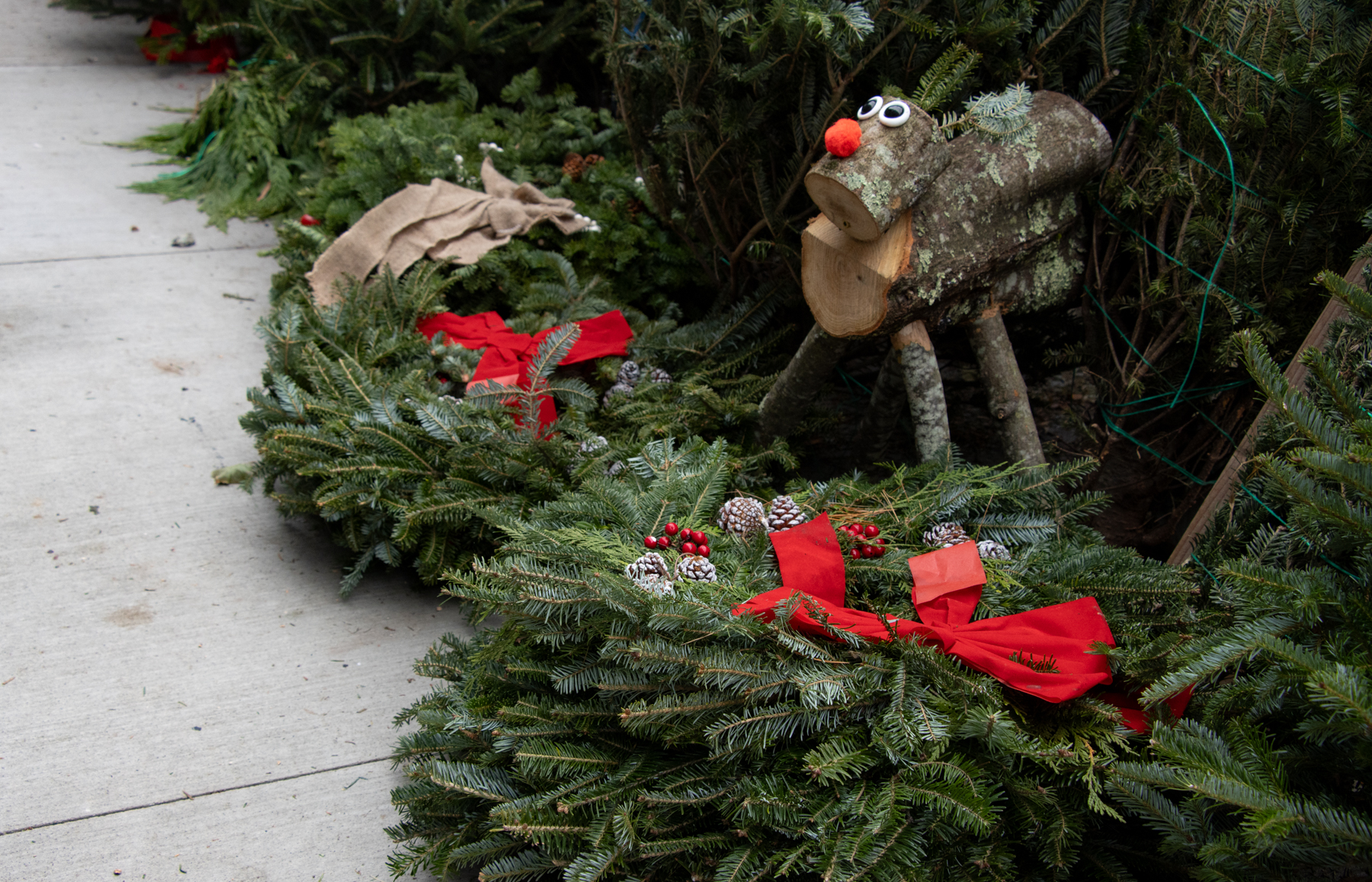The Un-Ratner: A Tribute
July 5, 2005, NY Daily News — When Mayor Bloomberg, developer Bruce Ratner and a gaggle of civic and community leaders crowded onto a podium last week to sign a community benefits agreement connected with Ratner’s proposed sports arena and housing complex in Brooklyn, one key player was missing. One of Brooklyn’s unsung civic heroes,…
July 5, 2005, NY Daily News — When Mayor Bloomberg, developer Bruce Ratner and a gaggle of civic and community leaders crowded onto a podium last week to sign a community benefits agreement connected with Ratner’s proposed sports arena and housing complex in Brooklyn, one key player was missing. One of Brooklyn’s unsung civic heroes, 59-year-old Bilal Muhammad, unexpectedly died a few days before the signing ceremony.
Muhammad belonged on the stage with the dignitaries and politicians. He did as much as any of them – and far more than most – to spur an economic renaissance over the past decade that turned Fort Greene, Clinton Hill and Prospect Heights from troubled areas into three of the city’s hottest neighborhoods.
(continued on the jump)
Muhammad became my friend and employer in the 1990s, back when a handful of hard-pressed shopkeepers were competing with prostitutes and drug dealers to scratch out a living along Fulton St. and DeKalb Ave. in Fort Greene. Muhammad, who at the time ran a T-shirt store, organized the Bogolan Merchants Association, a combination business, civic and cultural group, and he hired me to run it.
The group’s name was a play on bogolanfini, the name of a distinctive mud-cloth fabric made in Mali, West Africa, that several Fort Greene boutiques and designers sold. Muhammad relentlessly promoted the neighborhood as a black cultural mecca, trading on Fort Greene’s decades-long history as a black arts colony. It was home, at one time or another, to the novelist Richard Wright, jazz musicians Noel Pointer, Cecil Taylor and Betty Carter and filmmaker Spike Lee.
We collected dues from local businesses and collaborated with the Brooklyn Chamber of Commerce to pay for street cleaning, holiday lights, tree planting, promotional flyers, neighborhood walking tours and other mundane business services that help build a business strip’s popularity.
The Bogolan street banners we hung from the light poles – welcoming shoppers to “the soul of the Brooklyn renaissance” – fly along Fulton St. to this day, a stone’s throw from homes that now sell for more than $1 million.
The tiny grants we landed – $5,000 here, $25,000 there – helped make the neighborhood the kind of place where a developer like Ratner can now line up $2 billion in investments and persuade banks and national retail stores to set up shop. And a great many of the black restaurants, cafes, bakeries and fashion shops managed to stay put.
A lot of people have theories about the best way to attack inner-city deterioration. Here’s my suggestion: persuade bankers, real estate developers and city planners to spend time and money finding and funding community leaders like Muhammad, who so often remain unseen and unrecognized. They hold the key to turning ailing inner-city areas into prosperous, family-friendly neighborhoods.
— Errol Lewis
Crusader Drew Nabe Blueprint for Success [NY Daily News]









What's Your Take? Leave a Comment